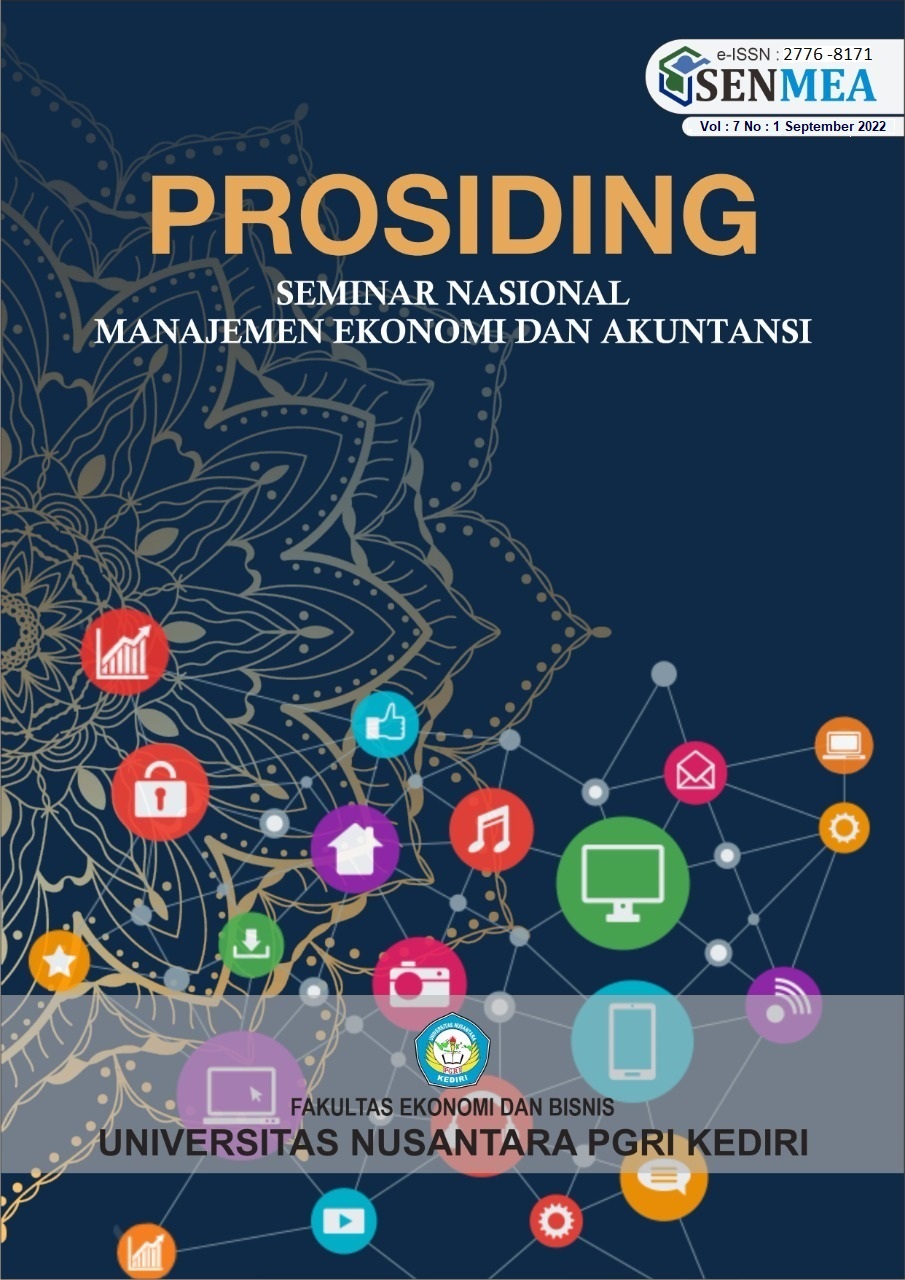PENINGKATAN KETERAMPILAN BERKOMUNIKASI BAHASA MANDARIN MELALUI PERMAINAN INTERAKTIF UNTUK MEMPERSIAPKAN TENAGA KERJA SIAP PAKAI (STUDI EKSPERIMEN PADA SISWA SMAIT AL-ICHWAN CIKARANG UTARA)
Keywords:
Keterampilan-berkomunikasi, Bahasa Mandarin, SMAIT Al Ichwan, Permainan interaktifAbstract
In the current industrial era, the People's Republic of China is a country that is very aggressively expanding in many industrial fields. This condition has resulted in the opening of many job opportunities for prospective employees, especially those from vocational-based schools such as vocational high schools in companies of the People's Republic of China or those in partnership with the People's Republic of China. However, the high demand for prospective workers requires prospective employees to have special skills, namely communication skills using the Mandarin language. This study aims to see the effect of interactive games, namely guessing words, making sentences, and competing quickly on improving the social skills of students at the Al Ichwan Cikarang Integrated Islamic High School in Bekasi district. This research is quantitative research with experimental method using pre-test post-test control group design, which will be applied to the research subjects as many as fifty students (n=50). The research instrument is the Chinese Language Skills Scale consisting of 39 question items using the Likert model answer choices with five answer options (Strongly Agree, Agree, Neutral, Disagree, Strongly Disagree). Test the validity and reliability of the scale using Pearson and Cronbach's Alpha, classical assumption test using normality test, heteroscedasticity test, multicollinearity test, while hypothesis testing using multiple regression test. The alternative hypothesis (Ha) in this study is "there is a significant effect of interactive games on Mandarin language communication skills in high school children"
References
Desmita. Psikologi Perkembangan. Bandung: PT. Remaja Rosdakarya; 2007.
Liliweri A. Komunikasi: Serba Ada Serba Makna. Jakarta: Kencana; 2011.
Sethi D, Seth M. Interpersonal Communication: Lifeblood of an organization. IUP J Soft Ski 2009;Vol. III:32–40.
Hardjana AM. Komunikasi Intrapersonal dan Komunikasi Interpersonal. Yogyakarta: Kanisius; 2003.
Tubbs SL, Moss S. Human Communication. Konteks-konteks Komunikasi (Penerjemah Dedi Mulyana). Bandung: PT. Remaja Rosda Karya; 2001.
Adji R. Metode Dasar Belajar Bahasa Mandarin (monograf). Bekasi: President University Press; 2020.
Sugiyono. Metode Penelitian Pendidikan Pendekatan Kuantitatif, Kualitatif, dan R&D. 21st ed. Bandung: Alfabeta; 2015.
Latipun. Psikologi Eksperimen. Malang: UMM Press.; 2002.
Sukardi. Metodologi Penelitian Pendidikan Kompetensi dan Praktiknya. Jakarta: PT Bumi Aksara; 2011.
Herdiasyah H. Metodologi Penelitian Kualitatif - Perspektif Konvensional dan Kontemporer. Jakarta: Salemba Humanika; 2019.
Khojanazarova. N. The Essence of Socialization of Children in Preschool Educational Institutions on the Basis of a Systematic Approach. World Bull Soc Sci 2022;7:5–7.
Mayumi A. The Role Of The Adult In The Child’s Early Music Socialization: A Vygotskian Perspective. Visions Res Music Educ 2021;16.
Pennazio V. Social robotics to help children with autism in their interactions through imitation. Res Educ Media 2017;9:10–16.
Scassellati B, Boccanfuso L, Huang C-M, Mademtzi M, Qin M, Salomons N, et al. Improving social skills in children with ASD using a long-term, in-home social robot. Sci Robot 2018;3.
Kumazaki H, Yoshikawa Y, Yoshimura Y, Ikeda T, Hasegawa C, Saito DN, et al. The impact of robotic intervention on joint attention in children with autism spectrum disorder. Mol Autism 2018;9:2–10.
Fernandes C. The relationship between teacher communication, and teacher credibility, student motivation, and academic achievement in India (UMI No. 10980753). Dr Diss Concordia Univ Portl 2019;ProQuest.
Bharatharaj J, Huang L, Mohan RE, Al-Jumaily A, Krägeloh C. Robotassisted therapy for learning and social interaction of children with autism spectrum disorder. Robotics 2017;6:4.
Attawibulkul S, Sornsuwonrangsee N, Jutharee W, Kaewkamnerdpong B. Using storytelling robot for supporting autistic children in theory of mind. Int J Biosci Biochem Bioinforma 2018;9:100–108.
Cheung MWL, Vijayakumar R. A guide to conducting a meta-analysis. Neuropsychology 2016;Rev 26:121–128.
Elflein J. Prevalence of autism spectrum disorder among children in select countries worldwide as of 2020. Statista 2020.
Hurlock E. Perkembangan Anak. 1st ed. Jakarta: Erlangga; 191AD.
Tedjasaputra M. Bermain, Mainan dan Permainan. Jakarta: Grasindo; 2001.







